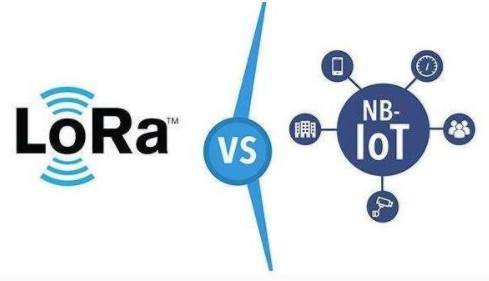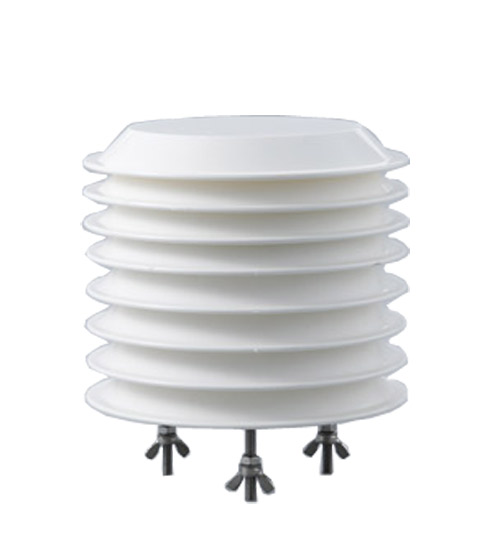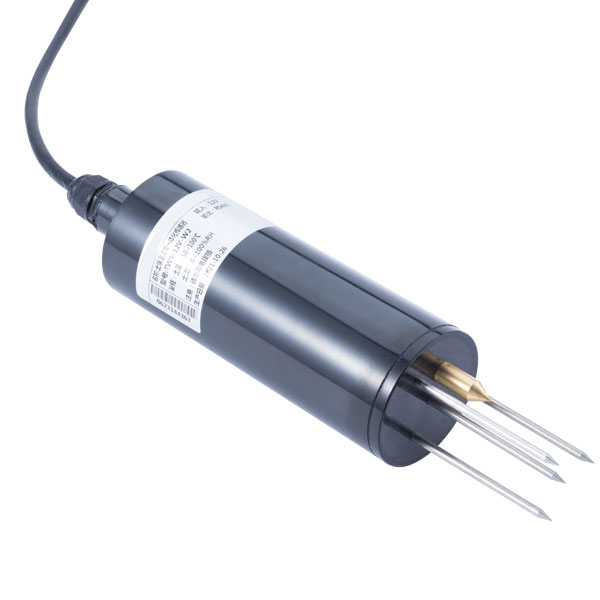

— Blogs —
—Products—
 Consumer hotline +8618073152920
Consumer hotline +8618073152920 WhatsApp:+8615367865107
Address:Room 102, District D, Houhu Industrial Park, Yuelu District, Changsha City, Hunan Province, China
Product knowledge
Time:2022-03-13 09:19:22 Popularity:864
LoRa VS NB-IoT comparative analysis
In the IoT market, there are many schools of LPWAN, among which LoRa and NB-IoT are the two most popular. So what's the difference between the two?
lora nb-iot comparative analysis
Let's first look at the difference between LoRa and NB-IoT. The technology used in NB-IoT is cellular communication, while LoRa uses linear spread spectrum. The network deployment of NB-IoT can be multiplexed with existing cellular base stations, while LoRa requires independent network construction.

In the frequency band, NB-IoT uses the operator's frequency band. Simply put, it must be provided by the operator and must use the operator's network. The frequency band used by LoRa is 150MHz to 1GHz.
At the same time, the transmission distance of both is long, and the terminal battery working time is about 10 years. In terms of speed, NB-IoT is less than 100kbps, while LoRa is 0.3-50kbps.
In terms of cost, the module of NB-IoT is 5-10 US dollars, and the LoRa is about 5 US dollars. At present, the main difference between the two is the spectrum.
lora nb-iot comparative analysis
LoRa has more advantages than NB-IoT in terms of freedom, security and frequency band.
Degree of freedom: NB-IoT mainly relies on the operator's basic network infrastructure, and in some places, the operator's infrastructure is not fully covered. LoRa, on the other hand, is a more flexible autonomous network that can be deployed wherever needed.
Security: NB-IoT is the operator's network, and the data will be transmitted to the operator first. Some enterprises attach great importance to their data, so they choose to deploy their own private LoRa network.
In terms of frequency band: LoRa works in the unlicensed frequency band below 1GHz, and network construction can be carried out without application, so there is no need to pay additional communication fees.
There are many factors to consider when deploying IoT applications, including node cost, network cost, battery life, data transfer rate, latency, and mobility.
For example, in the field of smart meters, high-speed data transmission, frequent communication and low latency are required, and real-time monitoring of the wire network is also required to deal with hidden dangers in time. Although Class C of LoRaWAN can achieve low latency, NB-IoT is more suitable for the needs of high transmission rate and frequent communication.
In smart agriculture, sensors with low power consumption and low cost are very suitable. Sensor data such as humidity, temperature, and carbon dioxide salinity need to be uploaded regularly. LoRa is very suitable, but NB-IoT is not suitable because some fields are not covered by the cellular network.
Although LoRa and NB-IoT have their own advantages, no one technology can meet all the needs of IoT. NB-IoT and LoRa have different technical and commercial characteristics, so there will be differences in application scenarios.
Prev:How to buy 5G industrial-grade router
Next:industrial router adopts sturdy and durable industrial appearance design
Sensors & Weather Stations Catalog
Agriculture Sensors and Weather Stations Catalog-NiuBoL.pdf
Weather Stations Catalog-NiuBoL.pdf
Related recommendations
Related products
 Atmospheric Temperature Humidity Pr···
Atmospheric Temperature Humidity Pr··· Soil Temperature Moisture Sensor 4-···
Soil Temperature Moisture Sensor 4-··· Air temperature, humidity and atmos···
Air temperature, humidity and atmos···
Screenshot, WhatsApp to identify the QR code
WhatsApp number:+8615367865107
(Click on WhatsApp to copy and add friends)